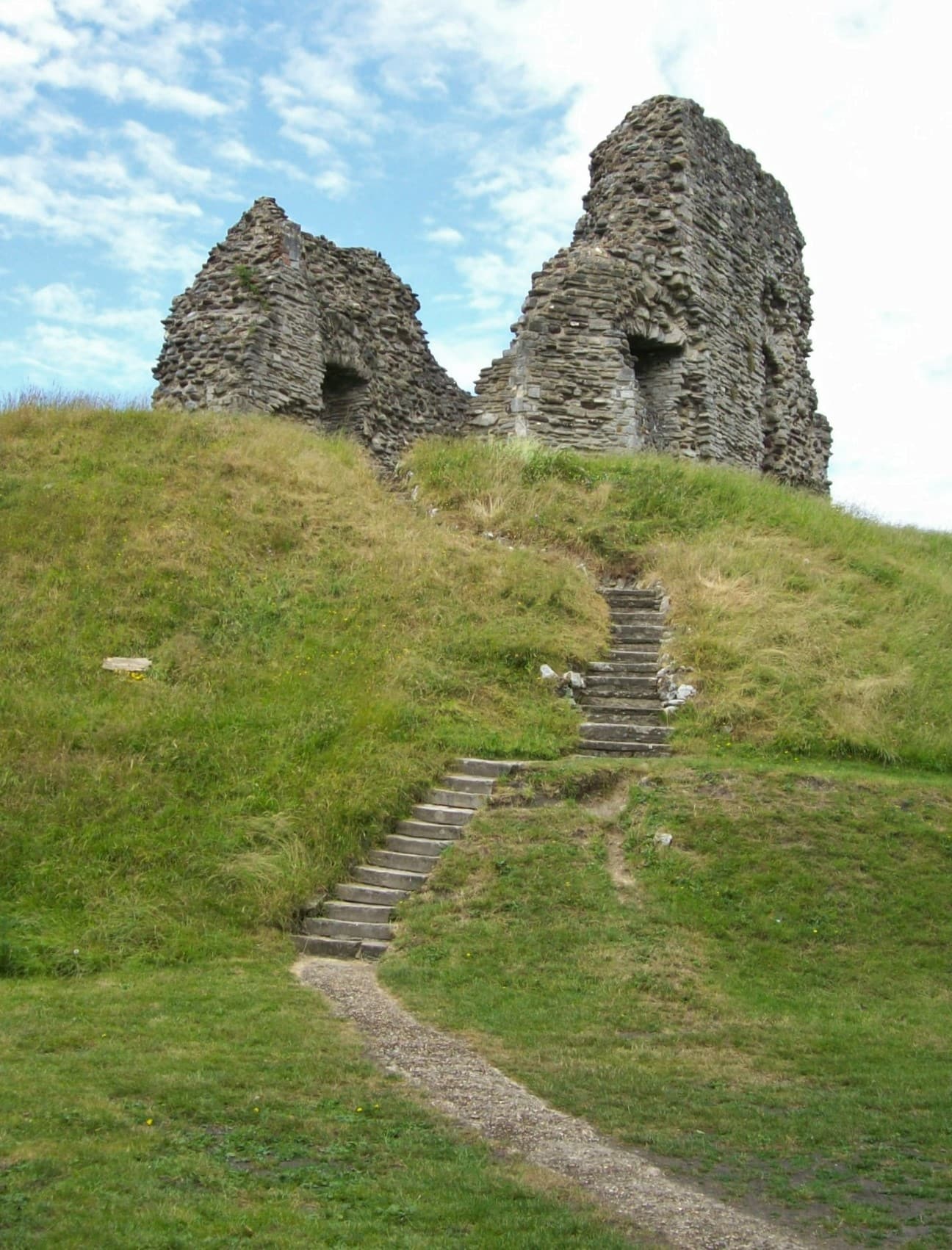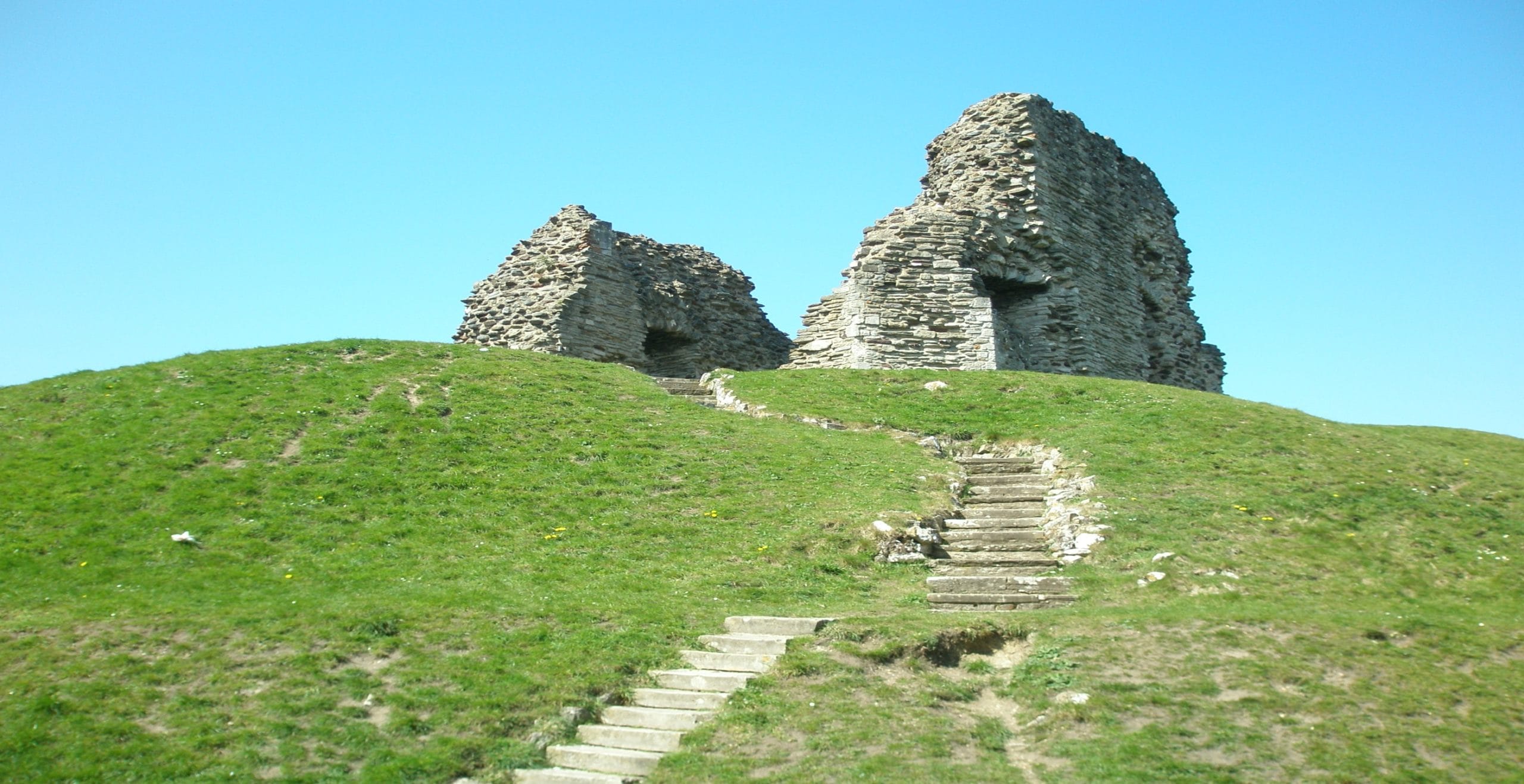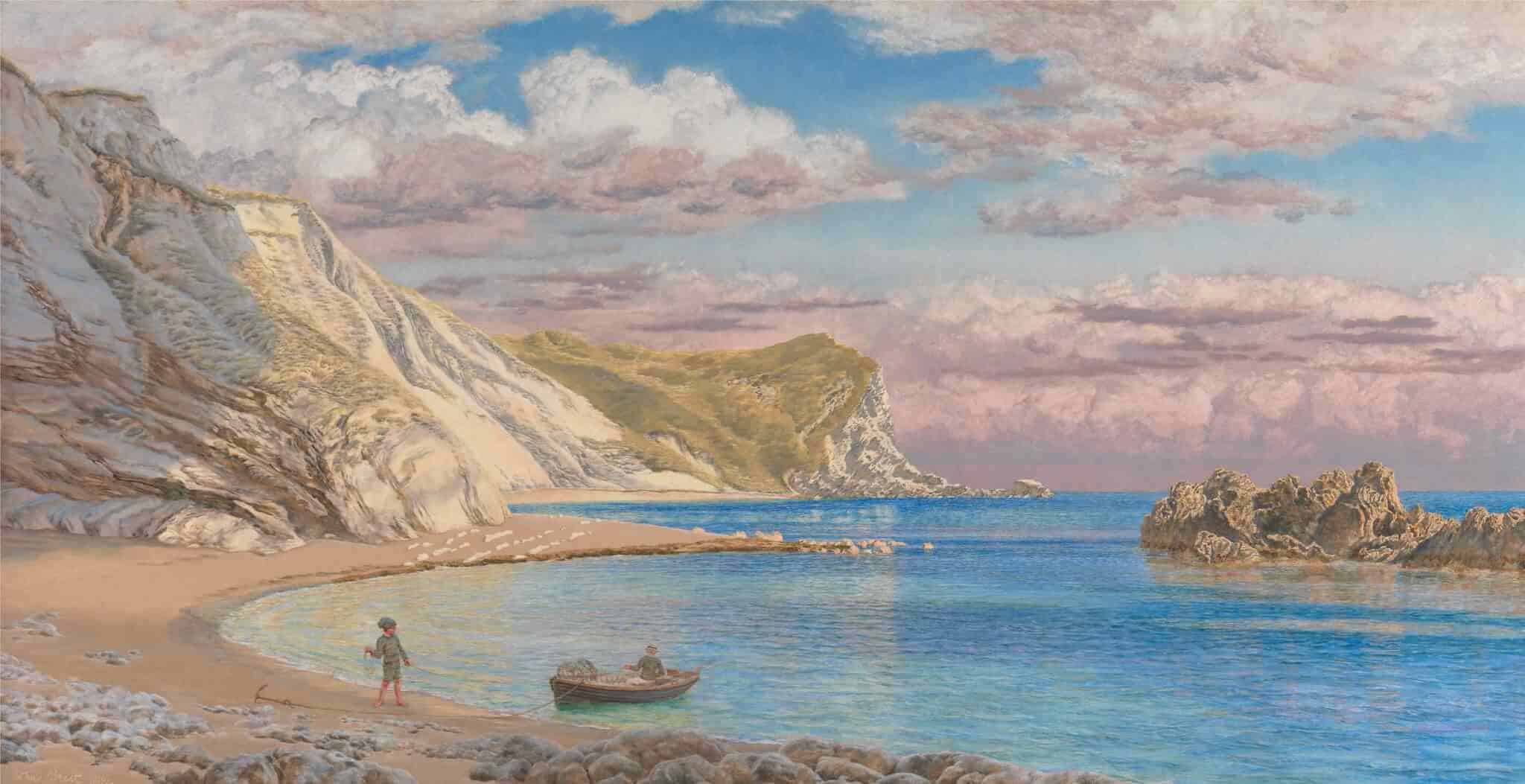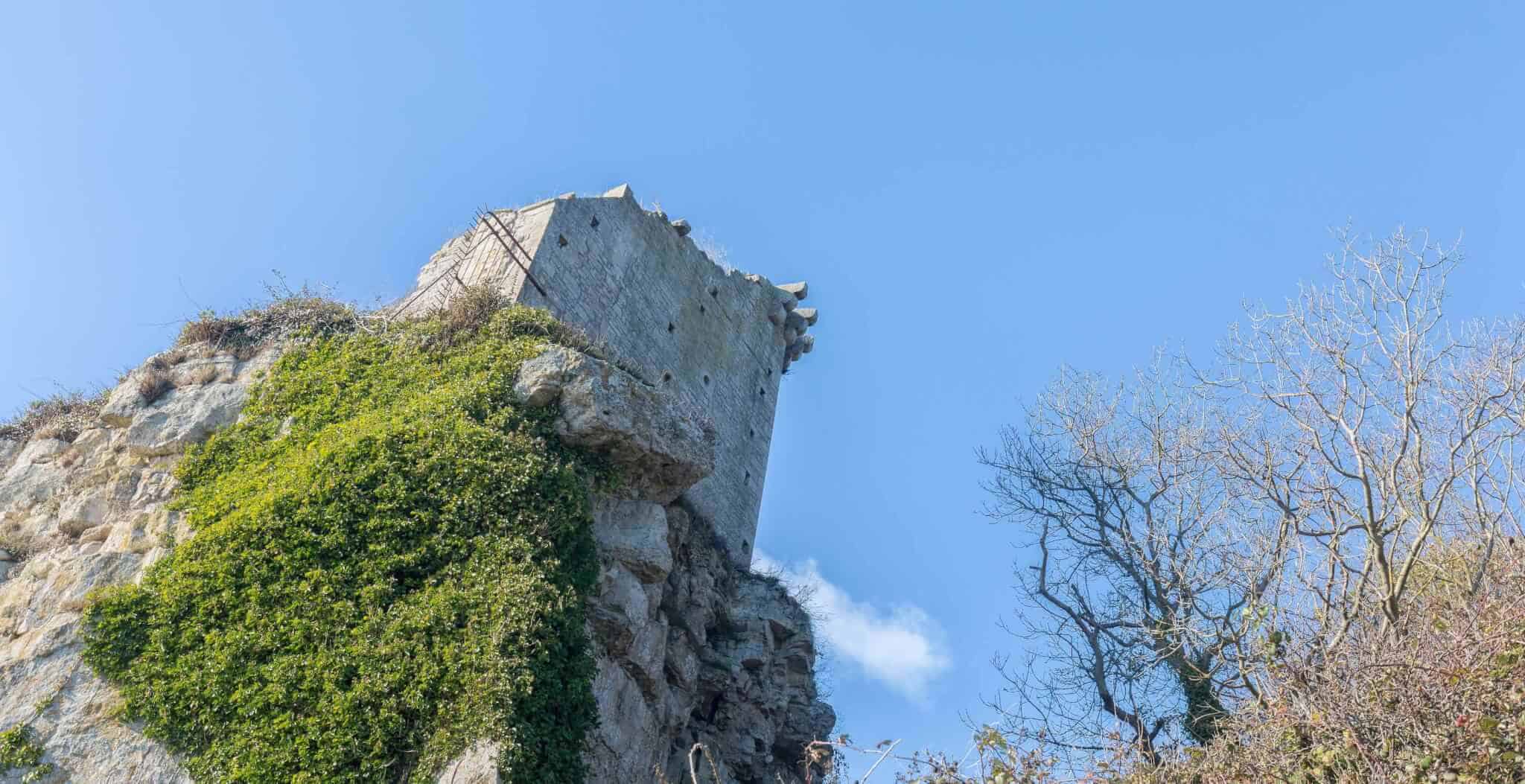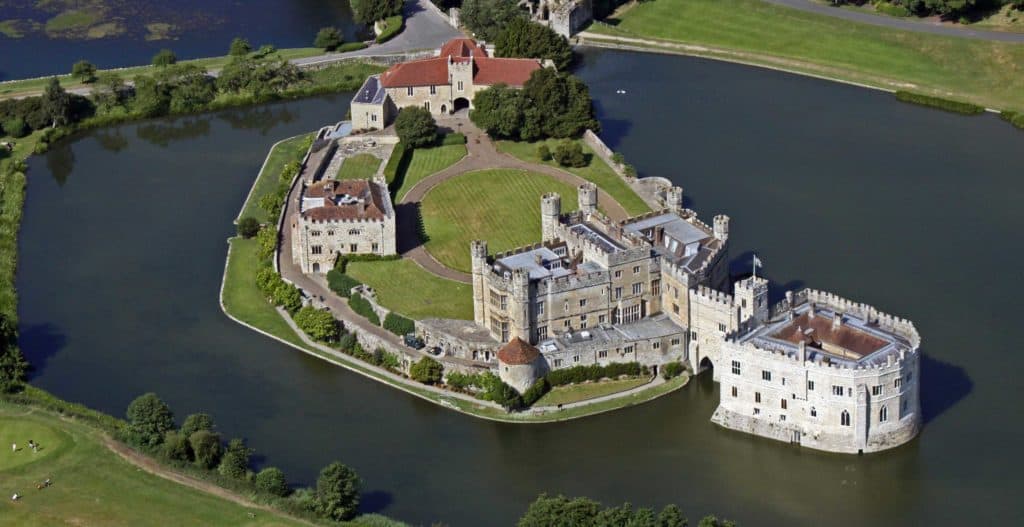Telephone: 0370 333 1181
Website: https://www.english-heritage.org.uk/visit/places/christchurch-castle-and-norman-house/
Owned by: English Heritage
Opening times: Free open access at any reasonable time.
Public access: There is a steep climb up to the remains but the path surrounding the base of the keep is accessible for wheelchairs and pushchairs. A charged car park is within three minutes of the site.
The remains of a 12th century castle and lord’s house. Standing on the site of an earlier Saxon fortified settlement known as Twyneham dating from around AD 924, the original Norman wooden motte and bailey castle was replaced with a stone keep in 1160. The monastery nearby, founded by Edward the Confessor in 1043, resulted in the town being given the name of Christchurch in 1177. The Norman baron Richard de Redvers is credited with the foundation of the original motte and bailey castle around the year 1100. The de Redvers family were associated with the site for over 150 years. It was probably another Richard de Redvers, the grandson of the founder, who was responsible for the reconstruction of the castle in stone.
Also dating from this time is the nearby domestic Norman dwelling known as the Norman House, which was built inside the original castle bailey. Containing the lord’s private apartments, and providing luxurious accommodation, it is the only building that has survived. It also has one of the earliest chimneys in England, one of very few remaining from this period. Passing to the Crown in 1293, the castle may have undergone remodelling later in the medieval period. Under Crown ownership, the Norman House became the Constable’s House, providing accommodation for the guardian of the property. Christchurch remained a Royalist town throughout the English Civil War but was attacked and taken by Parliamentarian forces. However, a Royalist force attempted to take Christchurch in 1645, forcing the Parliamentarians to retreat to the safety of the castle. The Royalists could not retake the castle and so Christchurch remained in Parliamentarian hands. The castle was slighted after the end of the war and little remained by the end of the 17th century.
